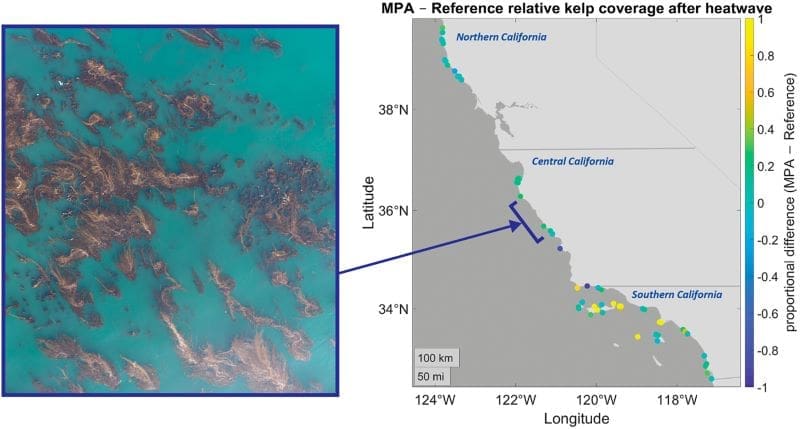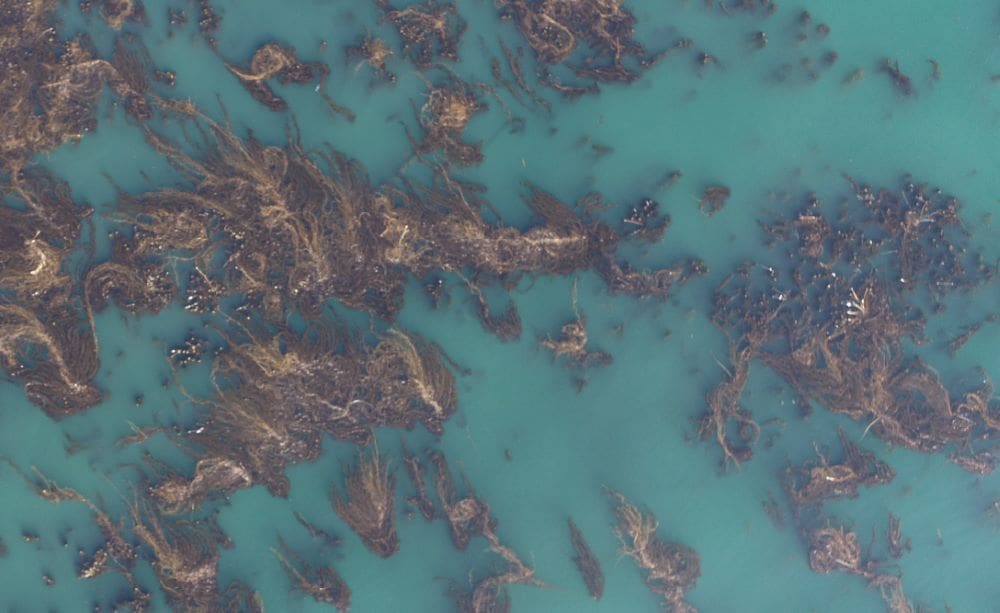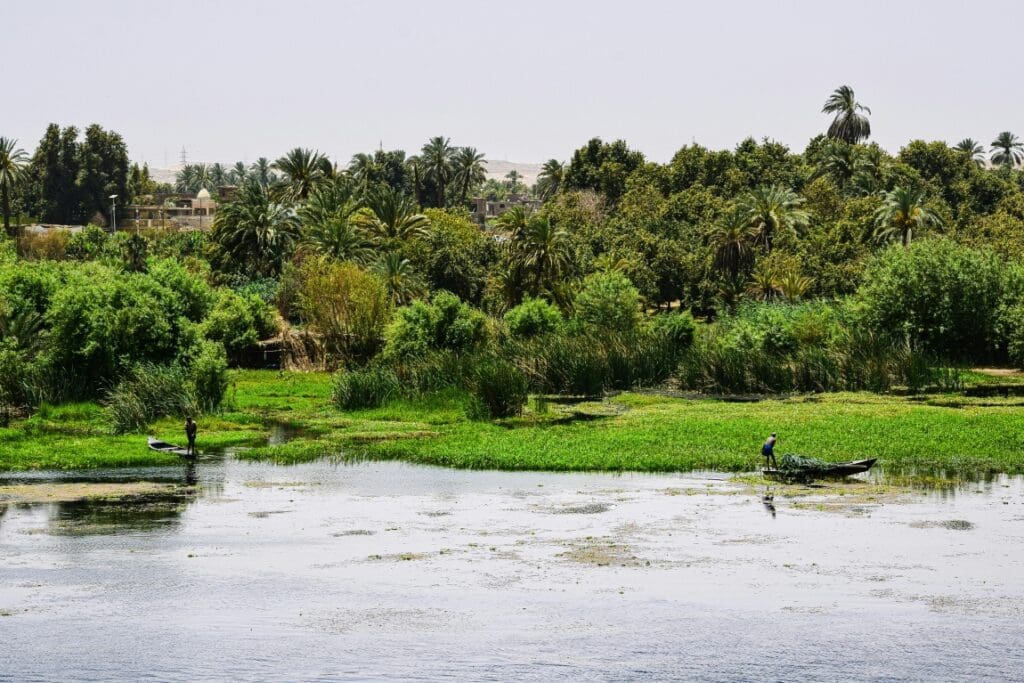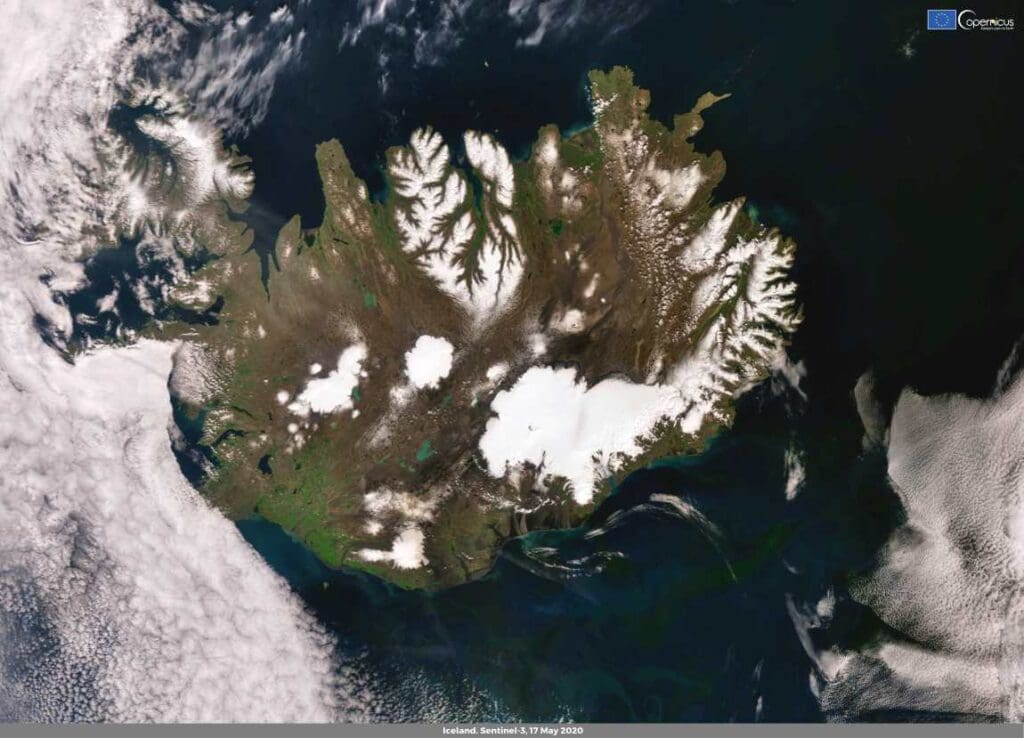Summary:
Marine protected areas (MPAs) can strengthen the resilience of kelp forests after extreme marine heatwaves, according to a study published in the Journal of Applied Ecology. Kelp forests are among the most productive ecosystems on Earth, supporting fisheries, protecting coastlines, and capturing carbon. Yet they are increasingly threatened by warming oceans, pollution, and overgrazing by sea urchins.
Researchers at the University of California, Los Angeles, analyzed nearly four decades of satellite data covering 54 MPAs along the California coast to investigate how protections affect kelp coverage. Their results showed that, while the overall effect of MPAs on kelp cover was modest, the benefits became clear following severe marine heatwaves in 2014–2016. In those years, kelp within MPAs recovered more strongly than in nearby unprotected sites, with the effect especially marked in southern California.
Lead author Emelly Ortiz-Villa explained that protected areas where fishing restrictions allowed predator populations like lobsters and sheephead to thrive showed better kelp regrowth. Senior author Kyle Cavanaugh noted that MPAs could play an important role in helping ecosystems withstand climate change, though effectiveness varied by location. The researchers suggest kelp forests could serve as indicators for tracking climate resilience in future conservation planning.

Kelp forests in Marine Protected Areas are more resilient to marine heatwaves
New research finds that Marine Protected Areas can boost the recovery of globally important kelp forests following marine heatwaves. The findings are published in the British Ecological Society’s Journal of Applied Ecology.
Using four decades of satellite images, University of California, Los Angeles (UCLA) researchers have looked at impacts Marine Protected Areas (MPAs) are having on kelp forests along the coast of California.
They found that although the overall effect of MPAs on kelp forest cover was modest, the benefits became clear in the aftermath of marine heatwaves in 2014-2016, when kelp forests within MPAs were able recover more quickly, particularly in southern California.
“We found that kelp forests inside MPAs showed better recovery after a major climate disturbance compared to similar unprotected areas,” explained Emelly Ortiz-Villa, lead author of the study and a PhD researcher at UCLA Department of Geography.
“Places where fishing is restricted and important predators like lobsters and sheephead are protected saw stronger kelp regrowth. This suggests that MPAs can support ecosystem resilience to climate events like marine heatwaves.”
Professor Rick Stafford, Chair of the British Ecological Society Policy Committee, who was not involved in the study said: “It’s great to see these results and they clearly show that local action to protect biodiversity and ecosystem function can help prevent changes caused by global pressures such as climate change.
“However, it also demonstrates the need for effective MPAs. In this study, all the MPAs examined regulated fishing activity, and this is not the case for many sites which are designated as MPAs worldwide – including many in the UK.”
Kelp forests: a globally important and threatened ecosystem
Kelp forests our found around coastlines all over the world, particularly in cool, temperate waters such as the pacific coast of North America, The UK, South Africa, and Australia.
These complex ecosystems are havens for marine wildlife, including commercially important fish, and are one of the most productive habitats on Earth. They’re also efficient in capturing carbon and protect coastlines by buffering against wave energy.
However, kelp forests across the west coast of North America have declined in recent years due to pressures such as marine heatwaves, made more frequent and intense with climate change, and predation from increasing numbers of sea urchins, which have benefitted from population collapses of sea stars, which predate them.
Kyle Cavanaugh, a senior author of the study and professor in the UCLA Department of Geography and Institute of the Environment and Sustainability said: “Kelp forests are facing many threats, including ocean warming, overgrazing, and pollution. These forests can be remarkably resilient to individual stressors, but multi-stressor situations can overwhelm their capacity to recover. By mitigating certain stressors, MPAs can help enhance the resilience of kelp.”
Marine protected areas as a conservation tool
MPAs are designated areas of the ocean where human activity is limited to support ecosystems and the species living there. However, protections vary widely and while some areas are no-take zones, others have few restrictions or lack comprehensive management and enforcement. Many even allow destructive practices like bottom trawling.
Effective MPAs form a key part of the Kunming-Montreal Global Biodiversity Framework, agreed at COP15 in 2022, which commits nations to protecting at least 30% of oceans and land by 2030.
“Our findings can inform decisions about where to establish new MPAs or implement other spatial protection measures,” said Kyle Cavanaugh. “MPAs will be most effective when located in areas that are inherently more resilient to ocean warming, such as regions with localized upwelling or kelp populations with higher thermal tolerance.”
Emelly Villa added: “Our findings suggest that kelp forests could be a useful indicator for tracking the ecological health and climate resilience of protected areas and should be included in long-term monitoring strategies.”
Measuring the impact of marine protected areas
To understand the effects MPAs were having on kelp, the researchers used of satellite data from 1984-2022 to compare kelp forests inside and outside of 54 MPAs along the California coast.
By matching each MPA with a reference site with similar environmental conditions, they were able to test whether MPAs helped kelp forests resist loss or recover from extreme marine heatwaves which took place in the North pacific between 2014 and 2016.
The researchers warn that while their findings show that MPAs can help kelp recovery after marine heatwaves, the effect was highly variable depending on location.
“On average, kelp within MPAs showed greater recovery than in the reference sites. However, not all MPAs outperformed their corresponding reference sites, suggesting that additional factors are also play a role in determining resilience,” said Kyle Cavanaugh.
The researchers say that future work could look to identify these factors to better understand where and when MPAs are most effective at enhancing kelp resilience.
Journal Reference:
Ortiz-Villa, E. M., Rassweiler, A., Caselle, J. E., Cavanaugh, K. C., Arafeh-Dalmau, N., Bell, T. W., & Cavanaugh, K. C., ‘Marine protected areas enhance climate resilience to severe marine heatwaves for kelp forests’, Journal of Applied Ecology online, 1–15 (2025). DOI: 10.1111/1365-2664.70112
Article Source:
Press Release/Material by British Ecological Society
Featured image credit: Ortiz-Villa et al. (2025) | CC BY




